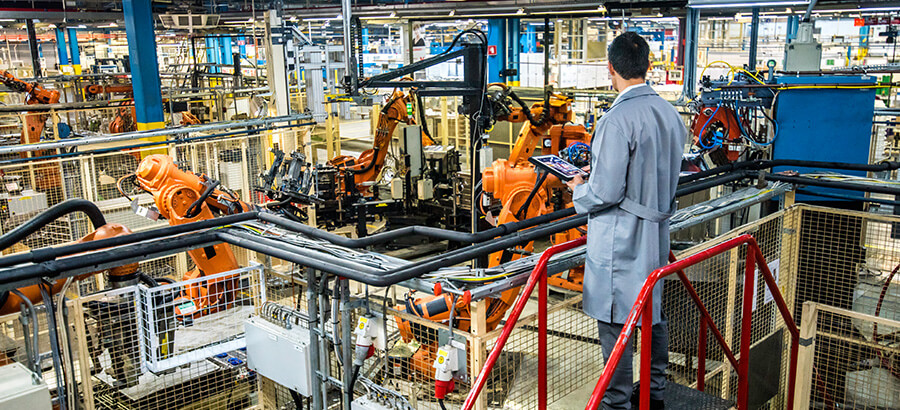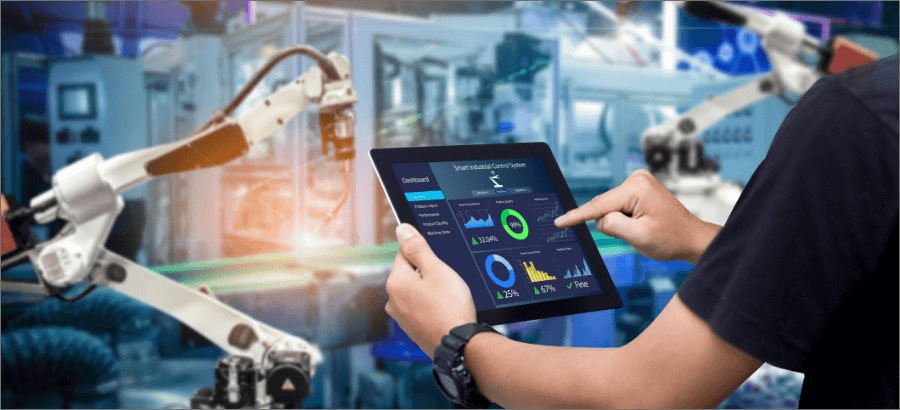Over the last few weeks, one thing has become clear – the world as we know it has changed. As social distancing becomes the new normal, entire workforces have needed to connect as well as collaborate remotely.
At SYSPRO, our immediate response was to set up a COVID-19 task team to manage the impact of the pandemic. In preparation for business continuity, it became apparent that two components play a critical role – technology and people. On one side of the coin, we needed to be digitally ready for business continuity, and simultaneously, the safety and prioritization of people has had to take precedence. Together, these elements have paved the way for the future of work to reach the world sooner than we imagined.
Technology is more than a platform – it’s a connection
Over the last decade, remote working has been hailed as the ‘future of work’. The good news is that the workforce of tomorrow will embrace the technological aspect. A report by Ernst & Young indicates that this year, millennials will make up 50% of the global workforce and 75% by 2025. As the internet generation, they bring with them a willingness to embrace technology as a driver of remote work.
While technology is a key enabler for the future of work, ia factor that needs to be considered is the people behind the platform. One could possibly also take a lesson from the past. In 2009, a top technology firm ventured into a remote working experiment, where 40% of its 386,000 employees in 173 countries were working remotely. By 2017, most of the employees returned to the workplace. The reason was simple – the social aspect. Findings within the 2019 State of Remote Work report produced by Buffer echo this experience. When asked about the downside of location flexibility, 49% of remote workers noted that their biggest struggle is wellness-related. More specifically, 22% can’t unplug after work, 19% feel lonely and 8% can’t stay motivated.
The secret behind remote working success: employee wellness
With these struggles in mind, the key to remote working success could lie in the creation of an integrated wellness strategy.
The wellness strategy needs to take into consideration the necessity of personal connections, realistic work schedules and continuous skills development as a crucial motivator. Employers should also consider how they support the emotional and physical wellbeing of employees and make sure that wellness is top of mind for all employees and leaders, and potentially intertwined in the culture of the organization.
Finding a long-term solution
While no one can accurately predict when the COVID-19 pandemic will end, one thing is certain, the world of work will be forever transformed. We are now more aware of the rising threat of superbugs. In fact, The World Health Organization has referenced a post-antibiotic era, in which common infections could once again impact society and seasonal lockdowns may occur regularly as winter rolls in. Remote working could be here to stay.
Perhaps the ideal balance lies somewhere between the best of both worlds, where employees can work remotely and, or within an office environment. Armed with an employee wellness strategy and technological innovation, the future of work will be a new and exciting frontier, with people at its very center.







